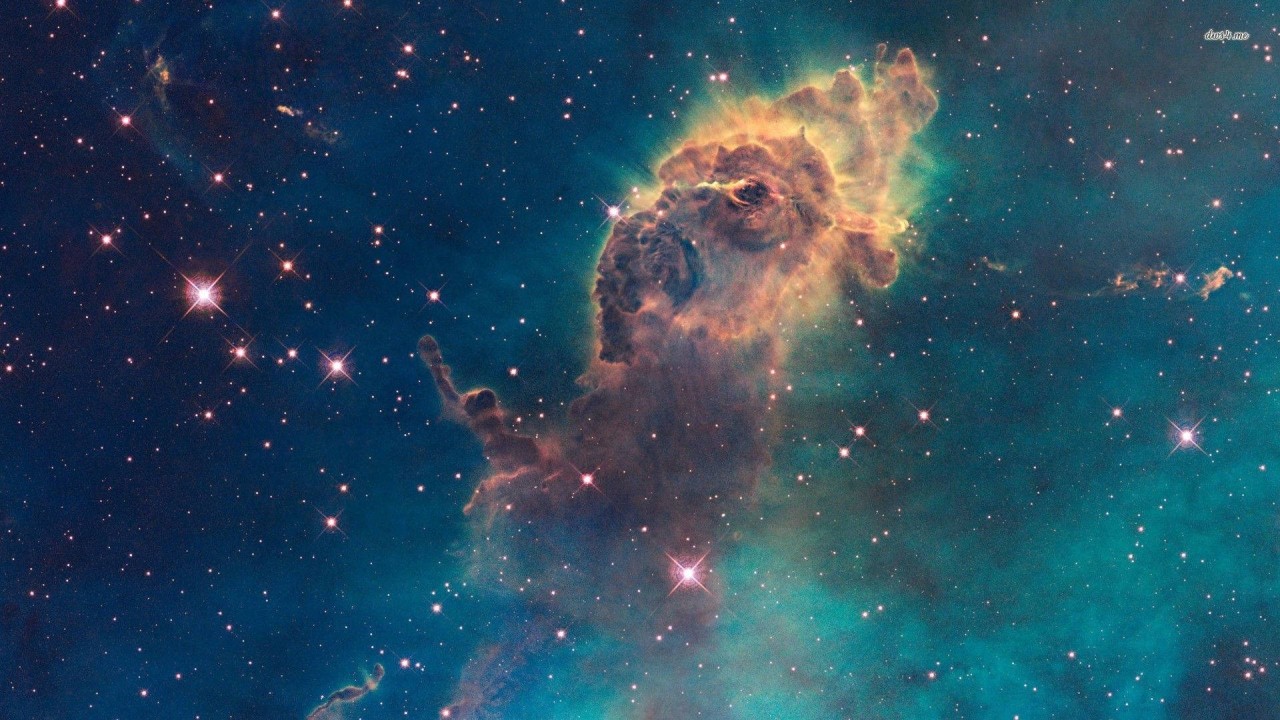
Nebulae: Stellar Nurseries and Celestial Artwork
Introduction:
Nebulae, the celestial tapestries of the universe, are among the most captivating and diverse objects in the cosmos. These vast clouds of gas and dust serve as both the birthplaces of stars and the canvases upon which the universe paints its most breathtaking masterpieces. In this article, we embark on a journey to explore the enchanting realm of nebulae—stellar nurseries and celestial artwork that adorn the cosmic landscape.
Types of Nebulae:
Nebulae come in various shapes, sizes, and compositions, each offering a unique glimpse into the processes of cosmic evolution. There are three primary types of nebulae: emission nebulae, reflection nebulae, and dark nebulae. Emission nebulae, such as the iconic Orion Nebula, glow brightly as they are energized by the ultraviolet radiation of nearby hot stars. Reflection nebulae, like the famous Blue Horsehead Nebula, shimmer with the reflected light of neighboring stars, while dark nebulae, such as the Coalsack Nebula, obscure the light behind them, appearing as dense patches of cosmic dust.



Stellar Nurseries:
Nebulae serve as the cradles of star formation, where gravitational forces and turbulent motions compress and condense gas and dust into new generations of stars. Within these stellar nurseries, dense molecular clouds give birth to protostars—infant stars in their earliest stages of formation. As these protostars accrete mass from their surrounding environment, they ignite nuclear fusion in their cores, unleashing torrents of energy and radiation that illuminate the surrounding nebulae in a dazzling display of light and color.
Celestial Artwork:
Nebulae are not only stellar nurseries but also celestial artworks, sculpted by the forces of gravity, radiation pressure, and stellar winds. Their intricate shapes and vibrant hues are the result of complex interactions between young stars, shockwaves from supernova explosions, and the turbulent dynamics of the interstellar medium. From the delicate tendrils of the Veil Nebula to the swirling maelstroms of the Carina Nebula, each nebula tells a unique story of cosmic creation and destruction, inviting us to marvel at the beauty and grandeur of the universe.
Conclusion:
Nebulae are cosmic marvels that inspire wonder and curiosity, serving as both the birthplaces of stars and the canvases upon which the universe paints its most magnificent artworks. By studying these celestial phenomena, astronomers gain invaluable insights into the processes of star formation, galactic evolution, and the interconnectedness of the cosmos. As we continue to explore the mysteries of nebulae, we deepen our appreciation for the beauty and complexity of the universe and our place within it.